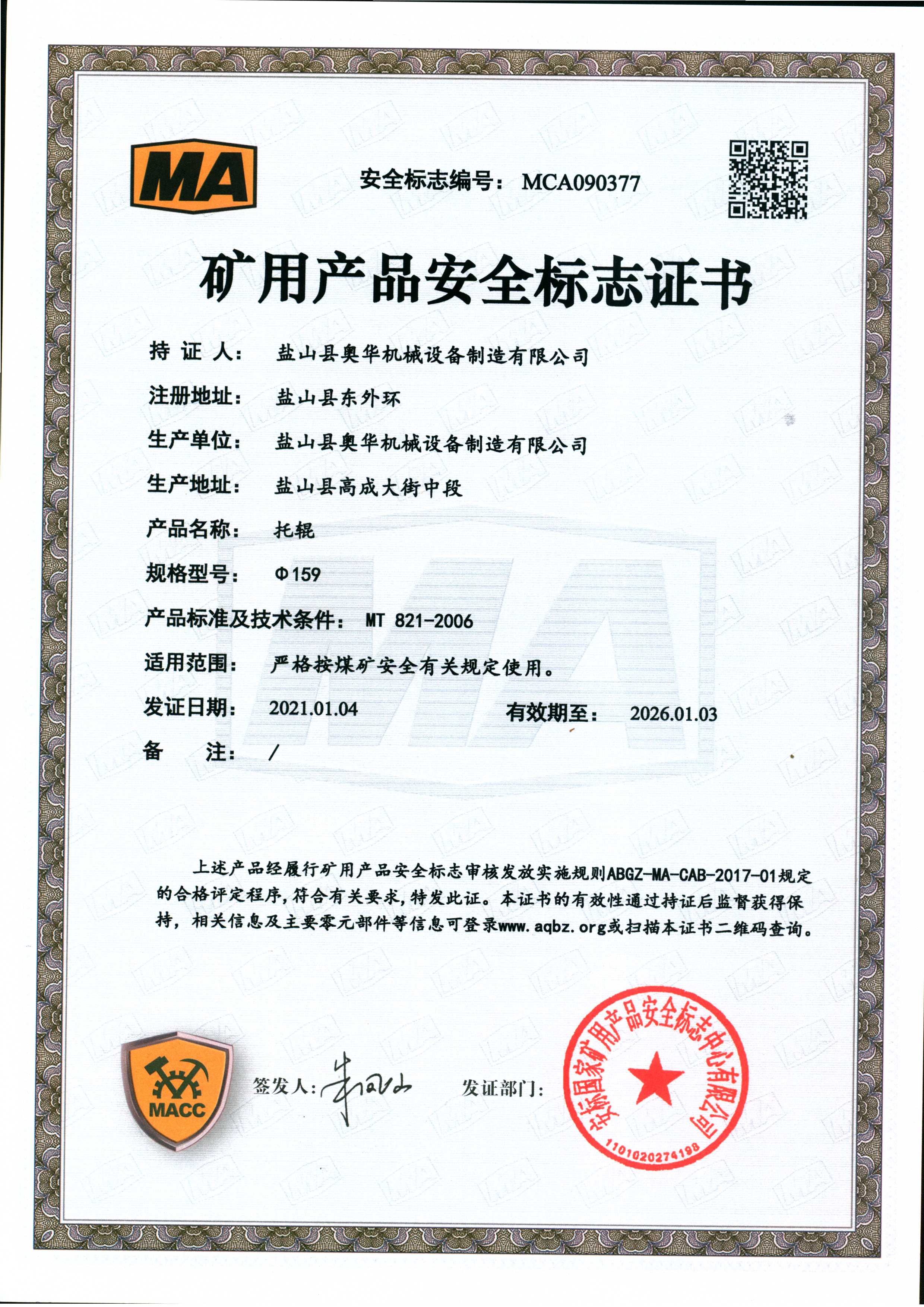 Afrikaans
Afrikaans  Albanian
Albanian  Amharic
Amharic  Arabic
Arabic  Armenian
Armenian  Azerbaijani
Azerbaijani  Basque
Basque  Belarusian
Belarusian  Bengali
Bengali  Bosnian
Bosnian  Bulgarian
Bulgarian  Catalan
Catalan  Cebuano
Cebuano  Corsican
Corsican  Croatian
Croatian  Czech
Czech  Danish
Danish  Dutch
Dutch  English
English  Esperanto
Esperanto  Estonian
Estonian  Finnish
Finnish  French
French  Frisian
Frisian  Galician
Galician  Georgian
Georgian  German
German  Greek
Greek  Gujarati
Gujarati  Haitian Creole
Haitian Creole  hausa
hausa  hawaiian
hawaiian  Hebrew
Hebrew  Hindi
Hindi  Miao
Miao  Hungarian
Hungarian  Icelandic
Icelandic  igbo
igbo  Indonesian
Indonesian  irish
irish  Italian
Italian  Japanese
Japanese  Javanese
Javanese  Kannada
Kannada  kazakh
kazakh  Khmer
Khmer  Rwandese
Rwandese  Korean
Korean  Kurdish
Kurdish  Kyrgyz
Kyrgyz  Lao
Lao  Latin
Latin  Latvian
Latvian  Lithuanian
Lithuanian  Luxembourgish
Luxembourgish  Macedonian
Macedonian  Malgashi
Malgashi  Malay
Malay  Malayalam
Malayalam  Maltese
Maltese  Maori
Maori  Marathi
Marathi  Mongolian
Mongolian  Myanmar
Myanmar  Nepali
Nepali  Norwegian
Norwegian  Norwegian
Norwegian  Occitan
Occitan  Pashto
Pashto  Persian
Persian  Polish
Polish  Portuguese
Portuguese  Punjabi
Punjabi  Romanian
Romanian  Russian
Russian  Samoan
Samoan  Scottish Gaelic
Scottish Gaelic  Serbian
Serbian  Sesotho
Sesotho  Shona
Shona  Sindhi
Sindhi  Sinhala
Sinhala  Slovak
Slovak  Slovenian
Slovenian  Somali
Somali  Spanish
Spanish  Sundanese
Sundanese  Swahili
Swahili  Swedish
Swedish  Tagalog
Tagalog  Tajik
Tajik  Tamil
Tamil  Tatar
Tatar  Telugu
Telugu  Thai
Thai  Turkish
Turkish  Turkmen
Turkmen  Ukrainian
Ukrainian  Urdu
Urdu  Uighur
Uighur  Uzbek
Uzbek  Vietnamese
Vietnamese  Welsh
Welsh  Bantu
Bantu  Yiddish
Yiddish  Yoruba
Yoruba  Zulu
Zulu Exploring the Dynamics of Beater Rollers in Modern Industry Applications
The Evolving Role of the Beater Roller in Modern Industry
The beater roller, a key component in various manufacturing processes, has gained significant attention in recent years due to its efficiency and versatility. This machinery, which facilitates material handling and processing, is essential across various industrial sectors, including food processing, textiles, and recycling.
At its core, the beater roller functions by using rotating and oscillating motions to break down materials into smaller, more manageable pieces. This is particularly useful in industries such as food processing, where it aids in the homogenization of mixtures. For example, in the production of pastries or confections, the beater roller ensures that ingredients are evenly distributed, leading to a uniform texture and flavor in the final product. Without this technology, achieving consistency in large-scale food production would be a significant challenge.
In the textile industry, beater rollers are integral to the manufacturing of fabrics. They help to comb, separate, and align fibers, creating a smoother and more durable textile. The efficiency provided by these rollers not only enhances the quality of fabrics but also significantly reduces production time, allowing manufacturers to meet the demands of a fast-paced market.
beater roller

Moreover, the recycling sector has also benefited from the innovation of beater rollers. These machines are employed to process various materials, including paper, plastics, and metals. By effectively shredding and mixing materials, beater rollers contribute to a more efficient recycling process, minimizing waste and promoting environmental sustainability.
As technology advances, the design and functionality of beater rollers continue to evolve. Modern versions incorporate sophisticated sensors and automation, allowing for precise control over the beater's speed and pressure. This not only improves the quality of the processed materials but also enhances safety and reduces the risk of breakdowns. Additionally, energy-efficient models are being developed to lower operational costs and reduce the carbon footprint of manufacturing facilities.
In conclusion, the beater roller has become an indispensable tool in various industries. Its ability to improve efficiency, enhance product quality, and promote sustainability underscores its importance in modern manufacturing practices. As industries continue to evolve, the beater roller will undoubtedly adapt, further solidifying its role in shaping the future of manufacturing.
-
Revolutionizing Conveyor Reliability with Advanced Rubber Lagging PulleysNewsJul.22,2025
-
Powering Precision and Durability with Expert Manufacturers of Conveyor ComponentsNewsJul.22,2025
-
Optimizing Conveyor Systems with Advanced Conveyor AccessoriesNewsJul.22,2025
-
Maximize Conveyor Efficiency with Quality Conveyor Idler PulleysNewsJul.22,2025
-
Future-Proof Your Conveyor System with High-Performance Polyurethane RollerNewsJul.22,2025
-
Driving Efficiency Forward with Quality Idlers and RollersNewsJul.22,2025





























